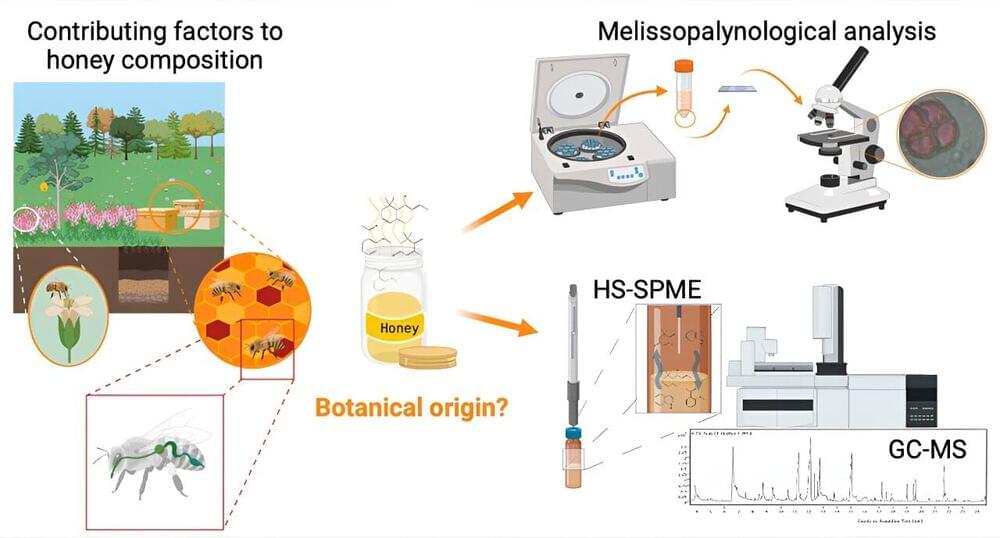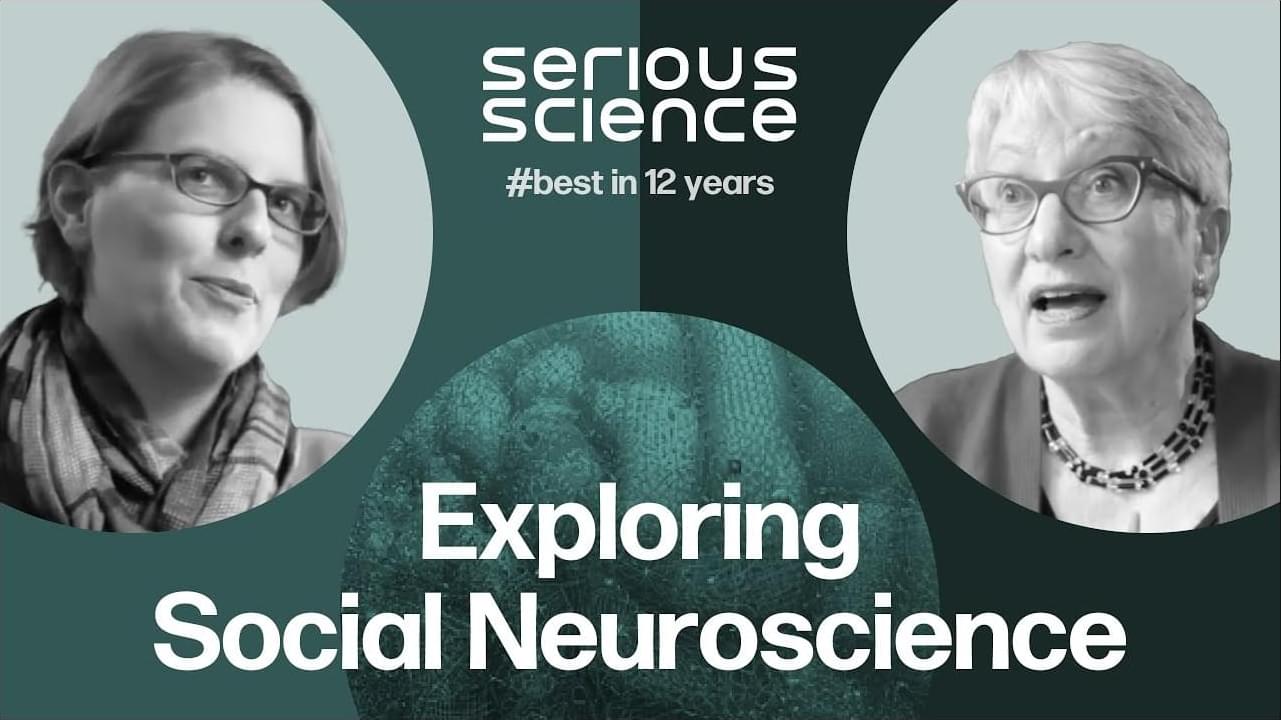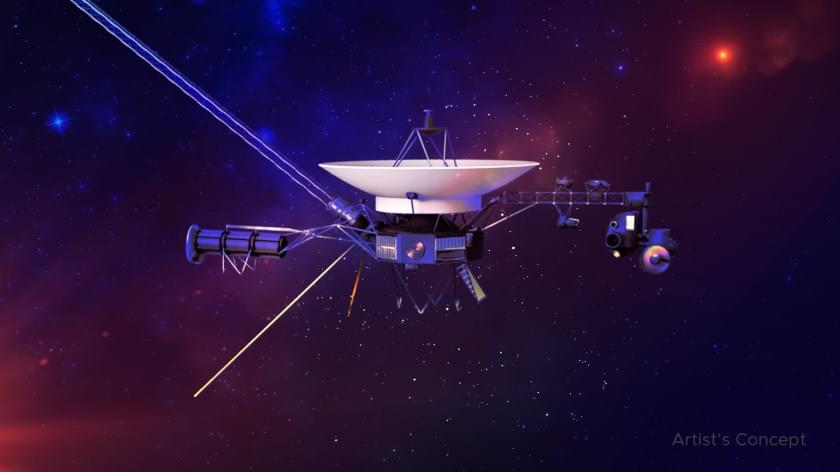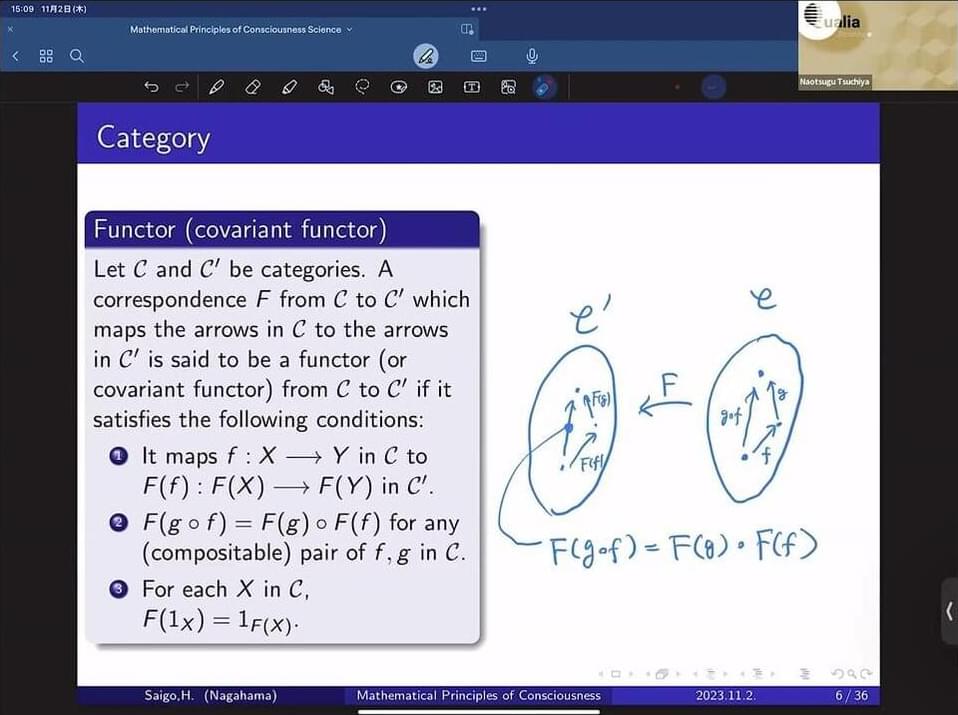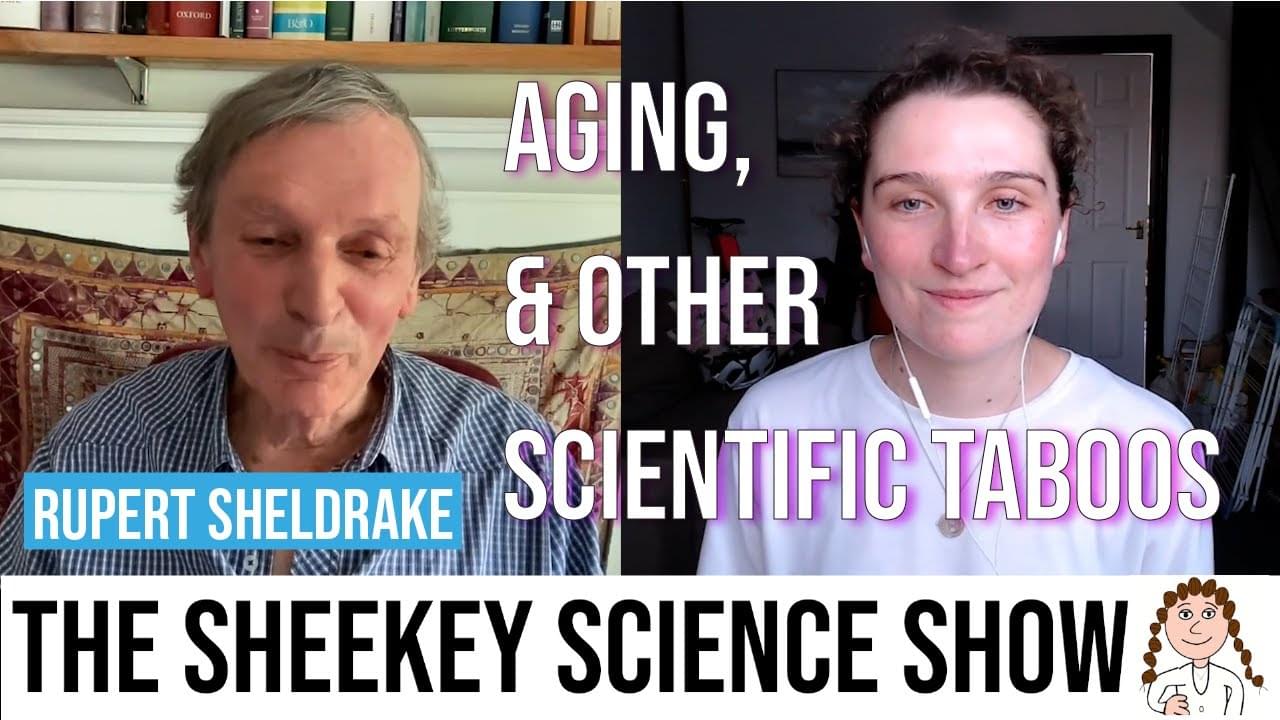Jun 27, 2024
Apophatic science: how computational modeling can explain consciousness
Posted by Dan Breeden in categories: computing, neuroscience, science
This study introduces a novel methodology for consciousness science. Consciousness as we understand it pretheoretically is inherently subjective, yet the data available to science are irreducibly intersubjective. This poses a unique challenge for attempts to investigate consciousness empirically. We meet this challenge by combining two insights. First, we emphasize the role that computational models play in integrating results relevant to consciousness from across the cognitive sciences. This move echoes Alan Newell’s call that the language and concepts of computer science serve as a lingua franca for integrative cognitive science. Second, our central contribution is a new method for validating computational models that treats them as providing negative data on consciousness: data about what consciousness is not. This method is designed to support a quantitative science of consciousness while avoiding metaphysical commitments. We discuss how this methodology applies to current and future research and address questions that others have raised.
Keywords: computationalism; consciousness; evidence; functionalism; methodology; modeling.
© The Author(s) 2021. Published by Oxford University Press.

